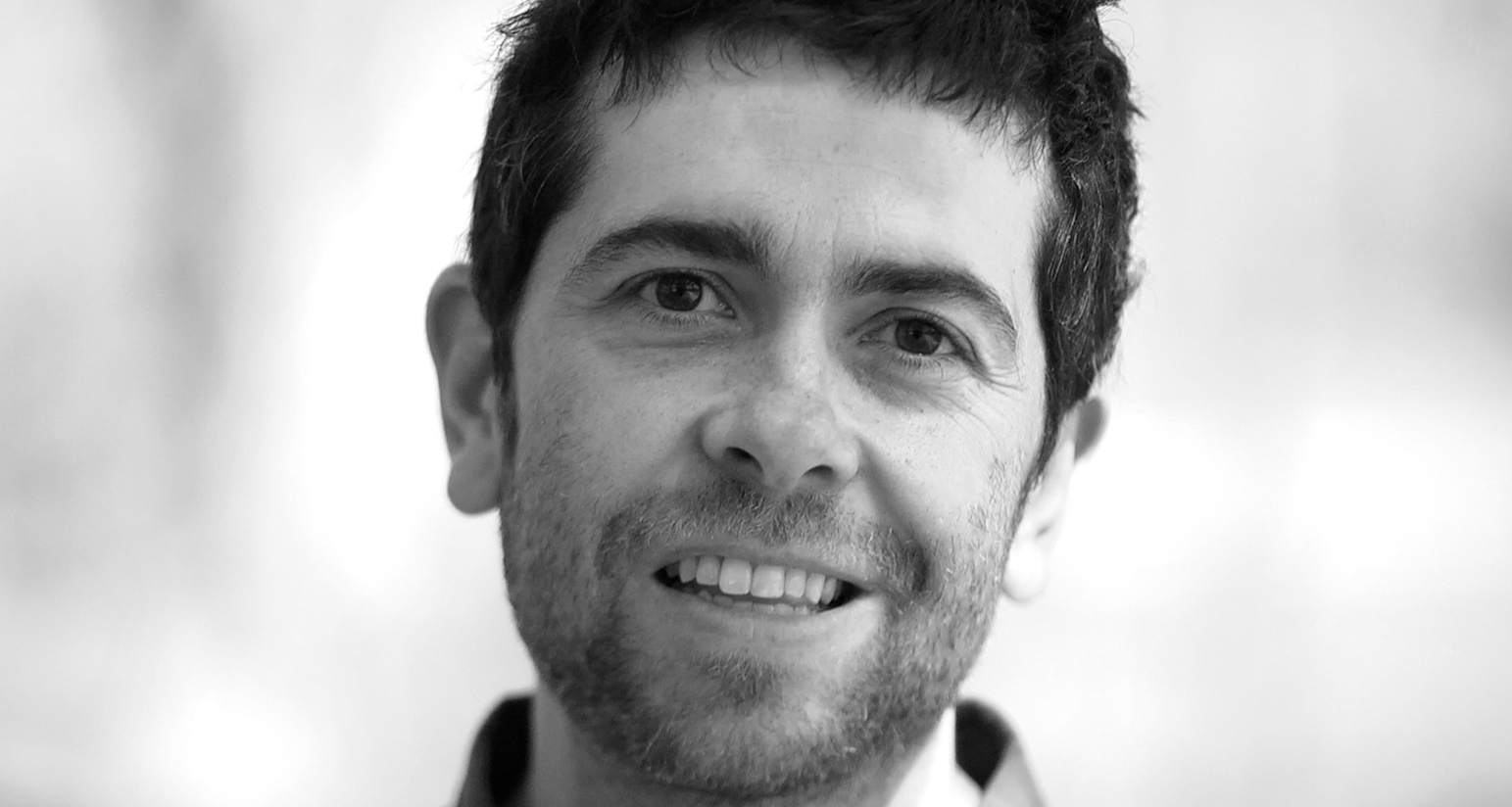
“Poets understand that there is nothing of value without death. Without death there are no lessons, without death there is no dark for the diamond to shine from.” — Clarissa Pinkola Estes
It’s safe to say that the most fundamental and long-standing mystery we as humans have sought to solve throughout our evolution as a species is this: What are we? More poignantly: Who are we? Lately, in my personal quest to get my head and heart around this cosmological enigma, I have found much repose in the study of myth. Symbol and archetype (which we too often mistake for biography and history) are not the moon, but fingers pointing to the moon. The twentieth-century master of myth, Joseph Campbell, spoke much about the hero’s journey vis-a-vis archetype-affirming campfire stories told throughout the centuries, meant to illuminate a clearer-seeing into our subconscious: who we truly and purely are beneath the skin.
Embrace My Own Humanity and Mortality
With that in mind, the moment my friend, Chip Duncan — with light in his eyes — told me about his filmmaking journey with The First Patient, I was immediately fascinated by its prospects and possibilities to give us a rarely-seen vantage point into our shared journey up the mountain to stand face-to-face with the Inevitable. It conjured a terrifying invitation to dare to face and embrace my own humanity and mortality with a deeper sense of awe. After viewing The First Patient in its entirety, it definitely accomplished its task. Beforehand, Chip told me that this was the most spiritually enlightening film he has ever made. Well, I definitely get that now.
While being immersed in the study of myth and archetype leading up to my viewing of The First Patient, it crystalized something I have been ruminating on: Each body is a vehicle of consciousness; our journey is ultimately unto a universal identification with who we are as a collective Self. Beneath the skin, we are ultimately made of the same stuff. Wow. If we actually owned that transformational truth, how would our reconciliation with equality, compassion, and empathy for those ‘not like us’ be revitalized?
Dismemberment
In viewing The First Patient, the dismemberment motif, where the hero is chopped to pieces (present in certain Eskimo stories, in Egyptian stories, in stories from all over) stood out to me as I contemplated the rite-of-passage journey these medical students traveled. In these stories, heroes face their shadows, their dark counterparts. In these stories the hero has to slay the other in order to enter the next world alive. Specifically seen in the story of the Egyptian god Osiris, where he’s killed, dismembered, and put together again. This dismemberment motif is seen more blatantly in the Native American story of Blackfoot, were the father of the buffalo bride is stomped to pieces, then resurrected. Through the centuries, we have depended on such myths to give us a sense of who we are, where we came from, and where we are going.
The predominant story structure that underpins century-surviving myths, like that of Blackfoot and Osiris, is the Life/Death/Life cycle: the hero’s path from birth, to death, to rebirth — i.e. to Buddha-hood, Christlikeness, Brahman, Allah-envelopment, etc, etc. This cycle is evident in every novel, fable, feature film, graphic novel, anthropomorphic campfire story, and most customarily, within every major religion and faith tradition. The Life/Death/Life cycle is everywhere, literally. Chip Duncan’s artistic achievement in The First Patient dovetails into something Joseph Campbell said about the role of artists and storytellers: “Artists are magical helpers, evoking symbols and motifs that connect us to our deeper selves. They can help us along the heroic journey of our own lives.”
A contemporary of Campbell, and another one of my literary heroes was the late, counter-culture monk and social agitator, Thomas Merton. Merton insisted, “We are already One; we just don’t know it yet. What we have to become is what we are.” There is no separateness. Thus, just as the way of social participation may lead in the end to a realization of the all in the individual — as in The First Patient’s ‘rite-of-initiation’ thread — so brings the hero to the self in all.
At a time when the universal equality of all human beings is under assault, and nationalism, tribalism, and totem is uplifted as a faux litmus test for power and superiority, may The First Patient be a pinpointing scalpel that razes the masks we hide behind and invites us to face the deeper question of who we truly are, not who we want the world to think we are behind our self-fabricated Instagramatic and Maskbook faces.
Deeper Awakening
The hero’s journey is always one of discovery: returning back home with an elixir or healing balm for transformation & enlightenment. In my observation, this is what the medical students featured in The First Patient have come away with. Their success in this journey is not measured by a framed piece of paper that will someday hang on their walls, but a deeper awakening about our collective identity.
After spending an entire semester with their cadavers, the culmination of these students’ journey literally brought me to tears. A memorial service for their cadavers honored them for their willing service to be vehicles of consciousness to these artists, these doctors-to-be, who were undeniably transformed by this rite-of-passage experience. My ultimate moment withThe First Patient came with something Mayo Clinic Teaching Assistant, Paul Salem said: In doing this, “you can see every human for what they are, as a human being who deserves compassion. And that applies to everyone, even our enemies.”
Benjamin A. Eisner is a Milwaukee-based director, cinematographer, and screenplay writer with a passion for social justice and reframing public discourse through the stories he pens.
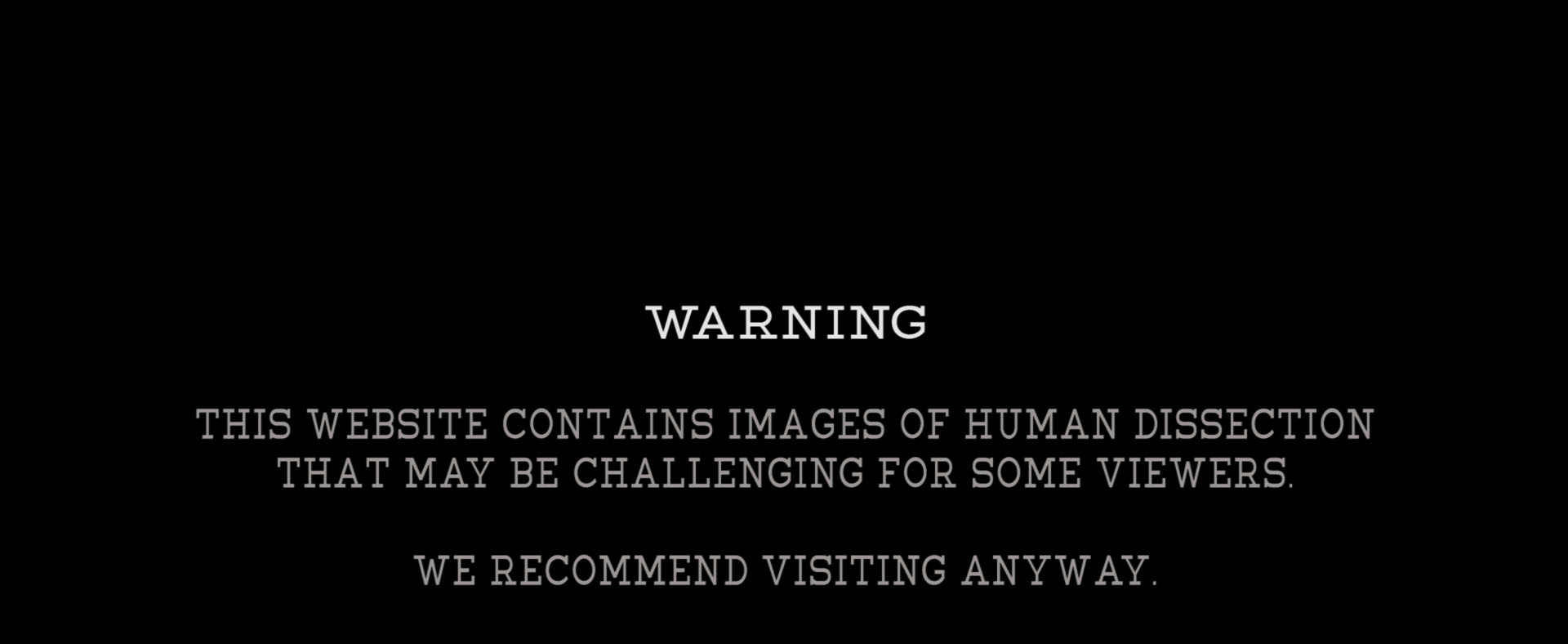
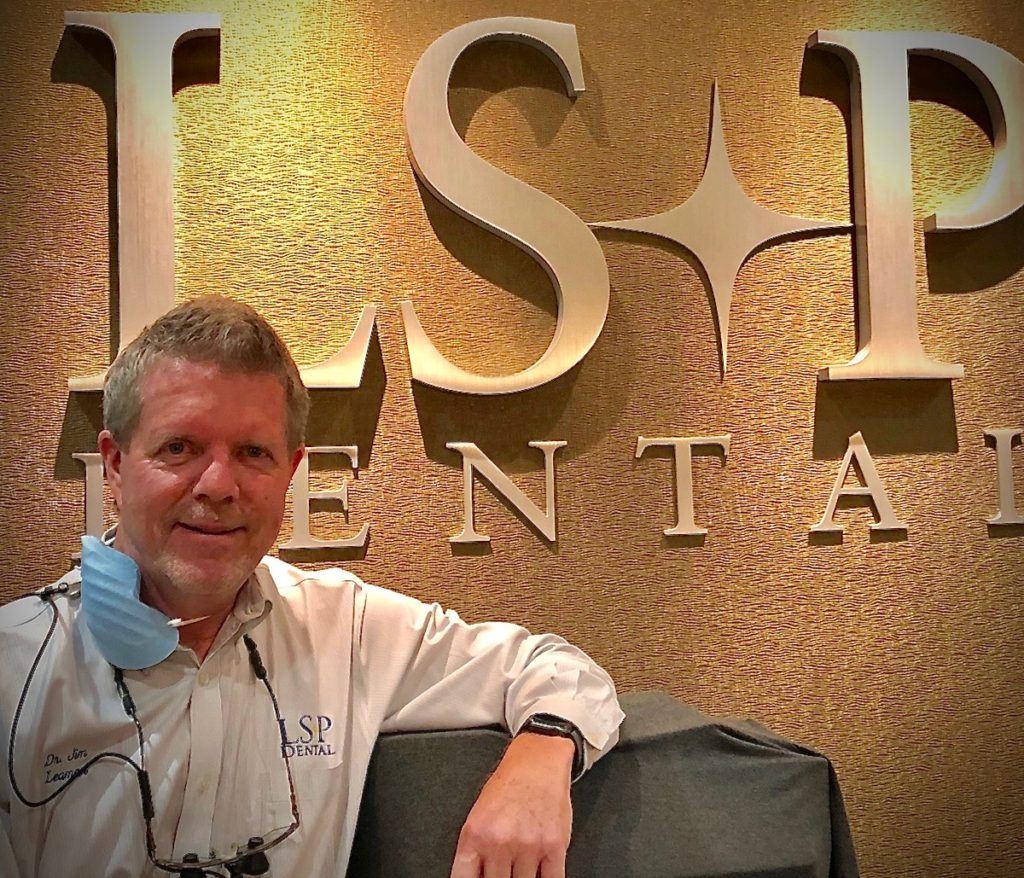
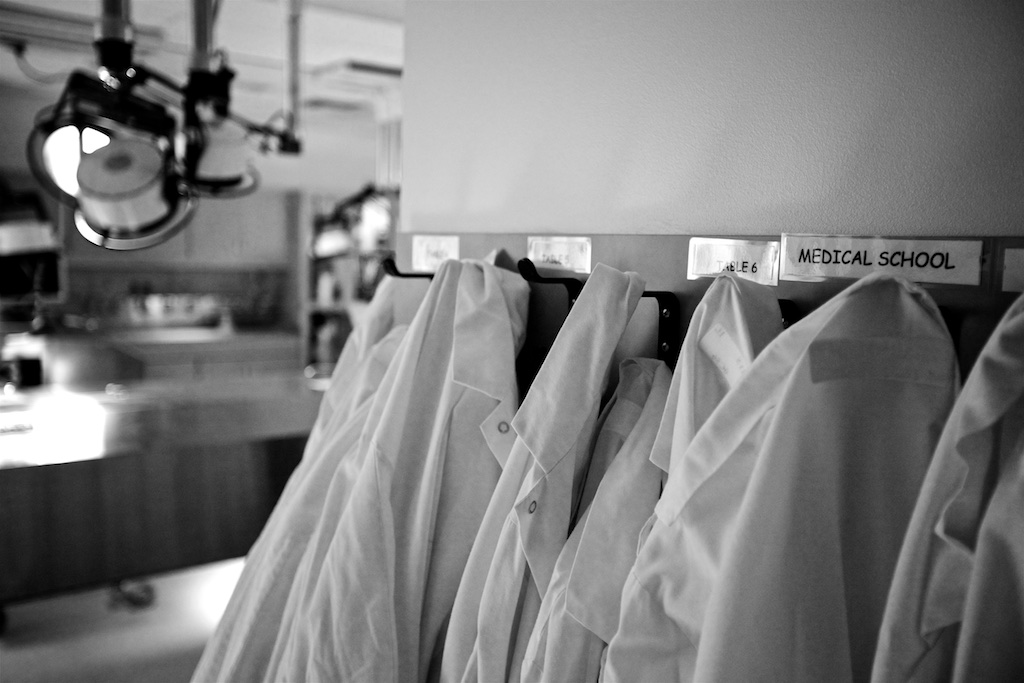
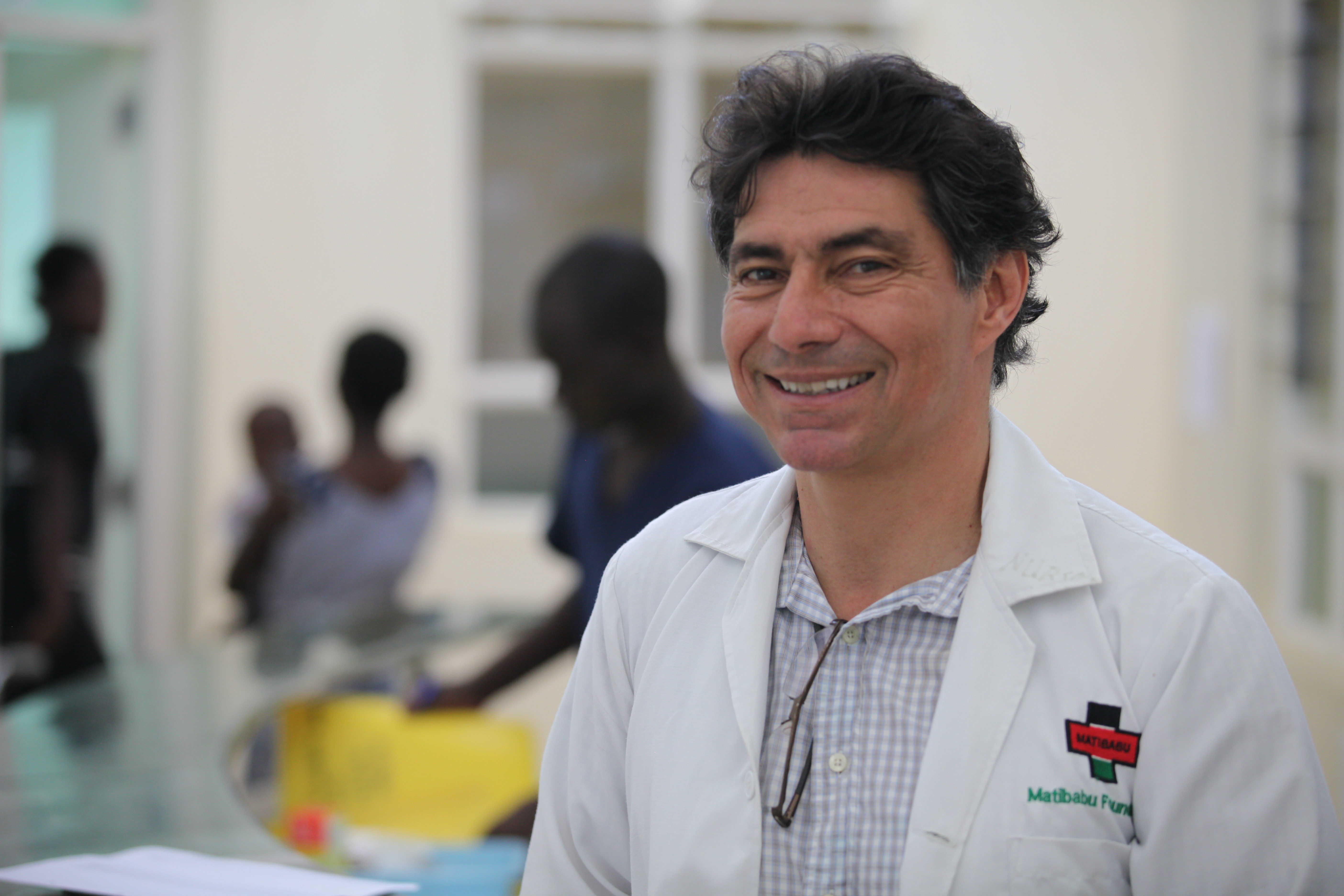 The experience of watching the journey of the young medical students featured in
The experience of watching the journey of the young medical students featured in